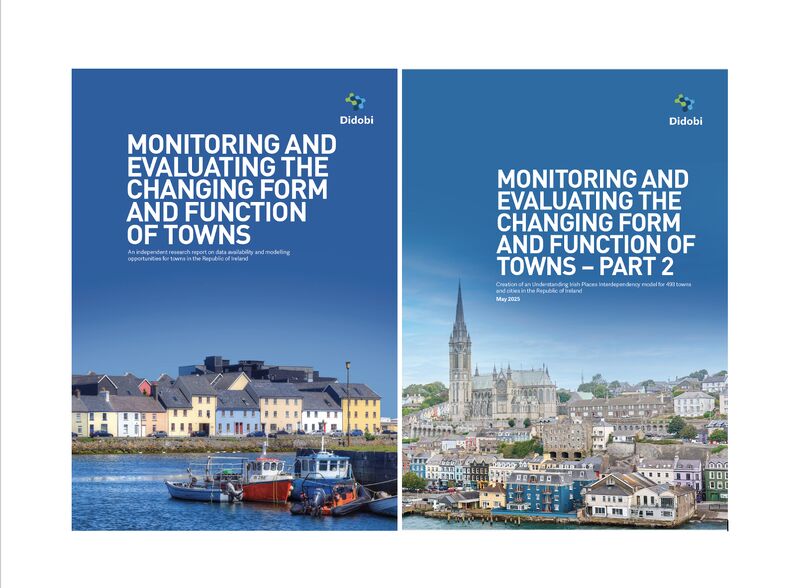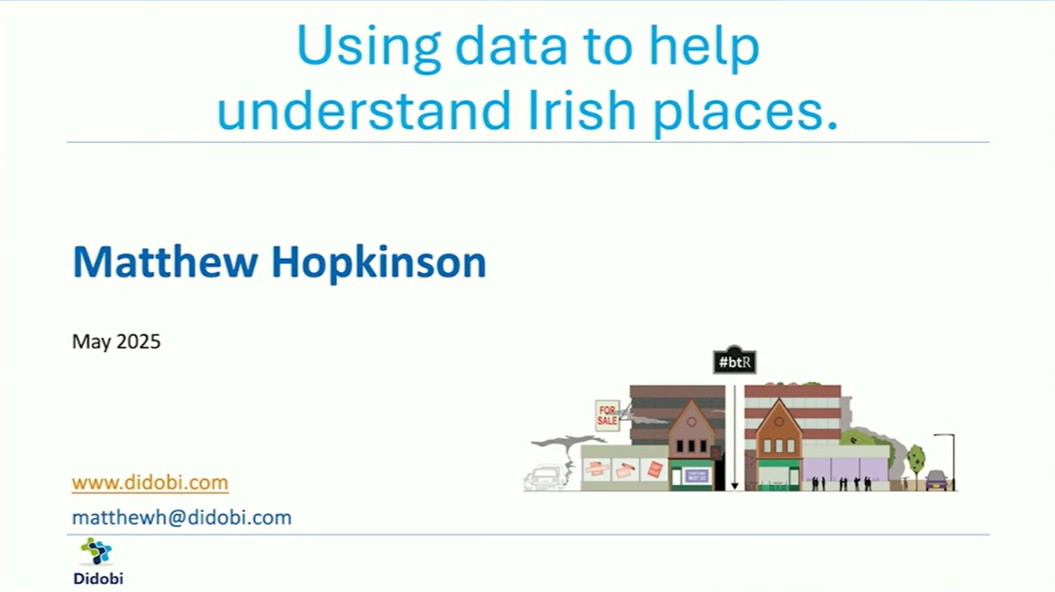
The High Street – dead or alive?
Below is a piece I recently wrote for Retail Week as part of the LDC Thought Leadership series.
This question is often asked and in my view it is far too simplistic as there are so many different changes happening across the thousands of High Streets that LDC walks every day that to make a yes or no answer would be impossible. A more appropriate question is about how sustainable are many high streets and do they have economic health. This is the challenge between the misused word ‘community’ and the reality of running a shop or owning a shop on a high street.
Shop vacancy rates have come down from their peak of 14.6% in February 2011 to 13.4% in May 2014, which is good news. However, on more detailed analysis by town whilst we see a slim majority improving we also have a large minority still getting worse. Polarisation is still very much in force up and down the country. For example in May 2014 we visited 84 towns and the shop vacancy rate ranges from over 34% in Botchergate, Carlisle to under 2% in West Wickham. Another aspect to factor in is the structural change, which is causing the drop in vacancy rates and is not to everyone’s liking. Examples include pawnbrokers, betting shops, chain coffee shops, fast food outlets and pay day loans as well as more nail bars, convenience stores, cosmetic surgery ‘shops’, tattoo parlours and of course charity shops!
So in answer many high streets are alive and well and if you are in an affluent area may also be thriving. We have seen fewer administrations in 2014 so far but it should not be forgotten that chains are restructuring and reformatting their store portfolios (opening and closing stores), which in most cases equals less shops and indeed much less in your typical high street. Next and M&S are good examples that cause much angst when they leave town centres such as in Rhyl, Newport, Scunthorpe or Kirkcaldy. We track over 850 town centres and the reality is that most retailers would consider less than 100 (some would argue less than 50) as new target locations in the current climate.
Consumers are more informed, savvy and determined to interact with retailers how and when they want to and this is a big challenge for retailers and indeed brands as they seek to follow their customer and still meet their profitability goals. Technology will continue to drive this faster and therefore knowing what is happening where and when is a critical knowledge requirement for any stakeholders be they occupiers, landlords, investors or local authorities. Shortly LDC will publish a new Health Index in partnership with Morgan Stanley that analyses over 2,500 High Streets, Shopping Centres and Retail/Leisure Parks and how they have changed over time. It shows some very interesting trends and what is clear is that the High Street needs to operate as one entity and not as multiple divided interests, which are often in conflict with the local council. Opportunity knocks!






Leave a comment: